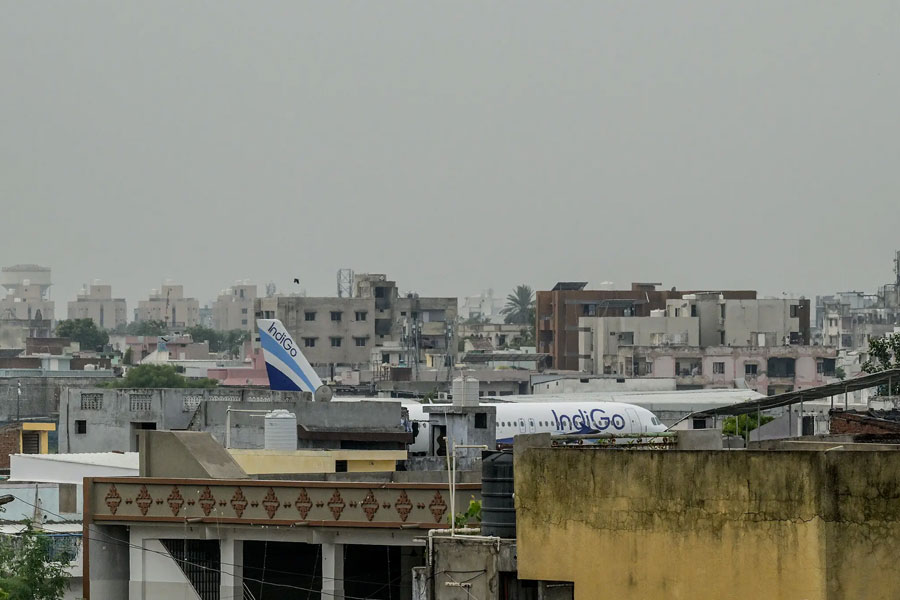Siliguri, June 18: A first-of-its-kind study to prepare an inventory of the Himalayan glaciers in the Indian sub-continent has revealed a loss in the glacial cover in the Teesta basin in the past fourteen years and the absence of snow in the sub-basins of the river like the Rangit.
The study named Snow and Glaciers of the Himalayas was conducted by the Union ministry of environment and forests in association with the Ahmedabad-based Space Application Centre of ISRO.
The aim of the project was to find out the trend of the glaciers in the Indian Himalayan region over a period of four years from 2004-05 to 2007-08.
“According to this inventory there are 32,392 glaciers in the Indus, Ganga and Brahmaputra basins that drain into India. It is for the first time that such a detailed inventory with the help of satellite data has been published that contains figures indicating the advance or retreat of glaciers,” sources at the ministry of environment and forests said.
In the course of the study, in which around 2,500 glaciers were monitored including 34 of the Teesta, it has been found that in 1990 the 34 glaciers used to cover an area of 305sqkm. But in 2004 the area of the glacial cover on the Teesta basin was reduced by 4sqkm and 23 of the glaciers showed trends of retreat.
While eight were found advancing, the coverage area of three glaciers remained unaltered. The Teesta basin is part of the Brahmaputra basin.
According to experts, the basins of the eastern Himalayan region reflected less retreat than those in the western Himalayas. Experts said the loss of glacial cover and their retreat may lead to dry rivers or floods in the area.
The findings of the study has also indicated the presence of several supra-glacial lakes on the Brahmaputra basin. These lakes are formed because of the melting of glaciers during the summer months.
The study revealed that there are 474 supra-glacier lakes spread over an area of 70.02sqkm in the Brahmaputra basin. Of them, 61 are in the Teesta basin.
“Existence of supra-glacial lakes could be hazardous and might cause loss to human life and property. These lakes can create crevasse and the entire water would empty in a few hours causing sudden inundation in the downstream,” said Animesh Bose, an environmentalist from north Bengal, said.










